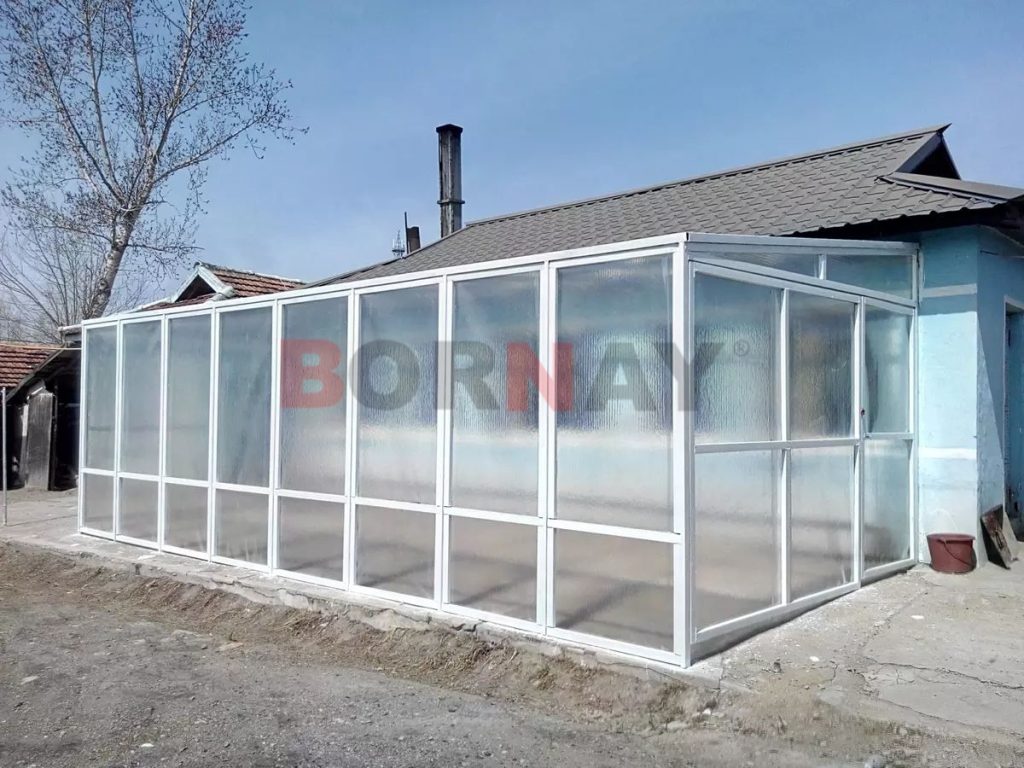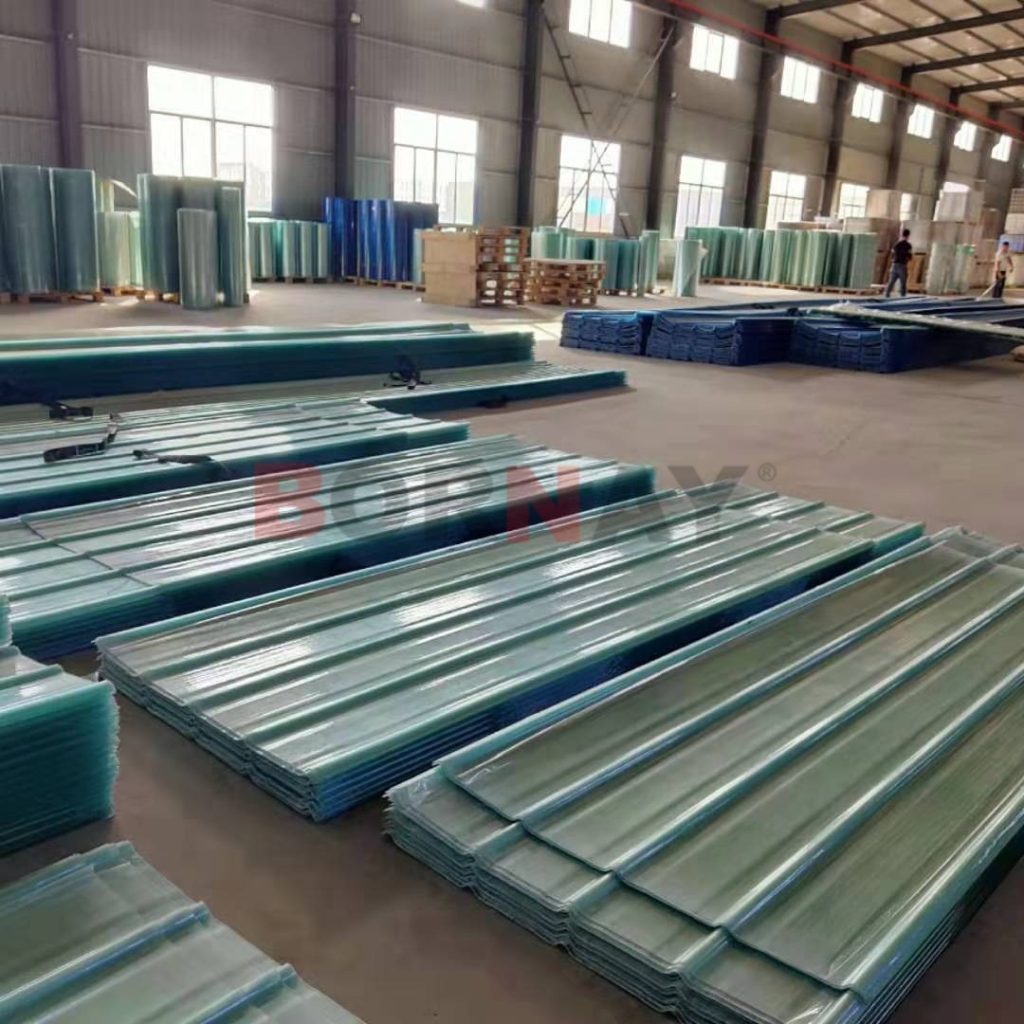Bienvenidos a Langfang-bonai
Advantages of FRP roof panels from the perspective of energy saving and emission reduction

FRP (Fiberglass Reinforced Plastic) roof panels offer several advantages from the perspective of energy saving and emission reduction:

Thermal Insulation: FRP roof panels have excellent thermal insulation properties due to the inherent characteristics of fiberglass. They have low thermal conductivity, which means they are effective at reducing the transfer of heat between the interior and exterior of a building. By minimizing heat gain during hot weather and heat loss during cold weather, FRP roof panels help maintain more stable indoor temperatures. As a result, the reliance on heating and cooling systems can be reduced, leading to significant energy savings and lower carbon emissions associated with the operation of HVAC systems.Natural Lighting: FRP roof panels can be manufactured with translucent or transparent properties, allowing natural sunlight to penetrate into the building. This feature is particularly beneficial for spaces like atriums, skylights, or areas with limited access to windows. By harnessing natural daylight, buildings can rely less on artificial lighting during daytime hours. This reduces electricity consumption and associated greenhouse gas emissions from power generation.Durability and Longevity: FRP roof panels are highly durable and resistant to various environmental factors. They can withstand harsh weather conditions, including UV radiation, extreme temperatures, and chemical exposure, without significant degradation. The long lifespan of FRP roof panels reduces the need for frequent roof replacements. This, in turn, minimizes the energy consumption and material waste associated with manufacturing and installing new roofing materials.Lightweight Construction: FRP roof panels are lightweight compared to many traditional roofing materials, such as concrete or metal. Their lightness simplifies transportation and installation processes, reducing fuel consumption and greenhouse gas emissions associated with delivery and handling. Additionally, the reduced weight of the roof structure can also lead to cost savings in the overall construction of the building. Recyclability: FRP materials are recyclable, providing an environmentally friendly end-of-life option. At the end of their useful life as roof panels, they can be recycled and used as feedstock for new FRP products. Recycling FRP helps conserve natural resources and reduces the energy required for manufacturing new materials. This promotes a circular economy approach and minimizes waste generation.Reduced Maintenance: FRP roof panels require minimal maintenance compared to traditional roofing materials. They are naturally resistant to mold, mildew, and rot. Unlike materials such as wood or certain metals, FRP does not require regular treatments or coatings to protect against deterioration. The reduced maintenance requirements result in lower water usage and a decreased reliance on chemicals typically used for cleaning and maintenance. This contributes to a more sustainable and eco-friendly approach to building operation.

By considering the energy-saving and emission reduction benefits of FRP roof panels during the design and construction phase, buildings can achieve improved energy efficiency, reduced environmental impact, and long-term sustainability. The utilization of FRP materials aligns with the principles of green building and can contribute to a greener, more eco-conscious built environment.



